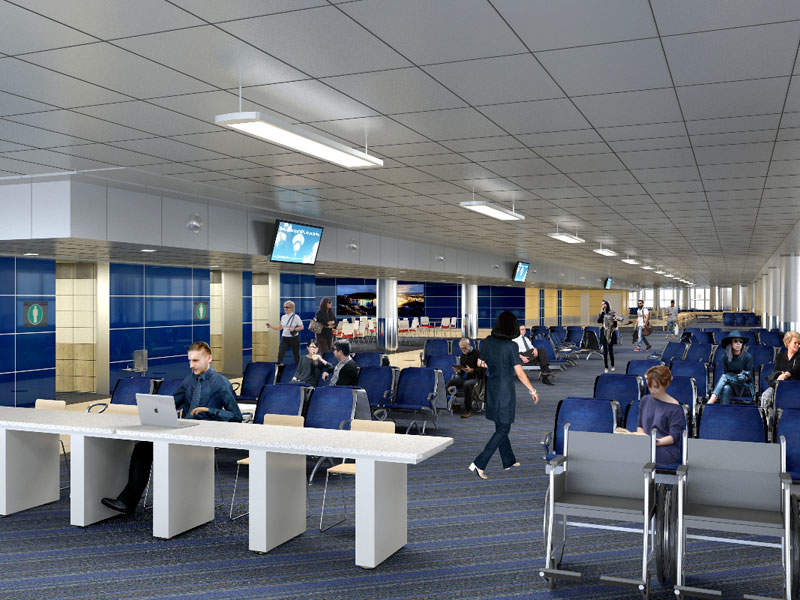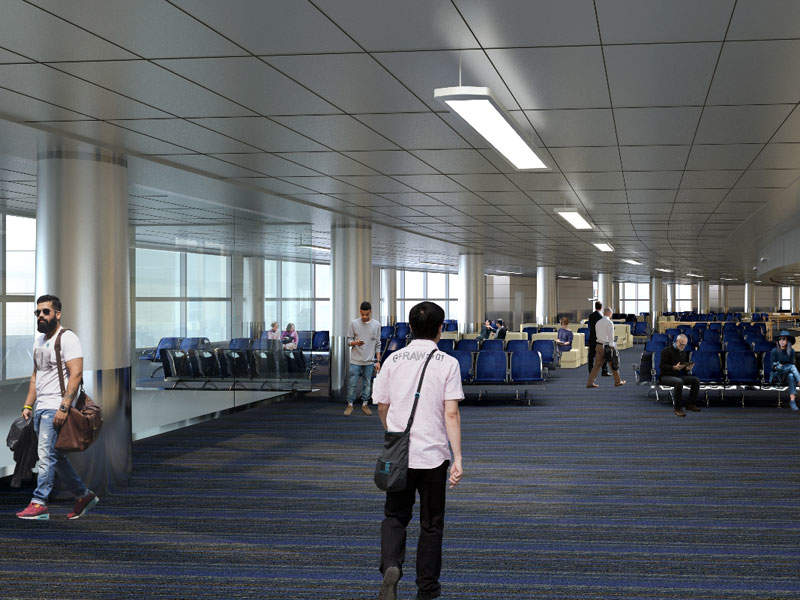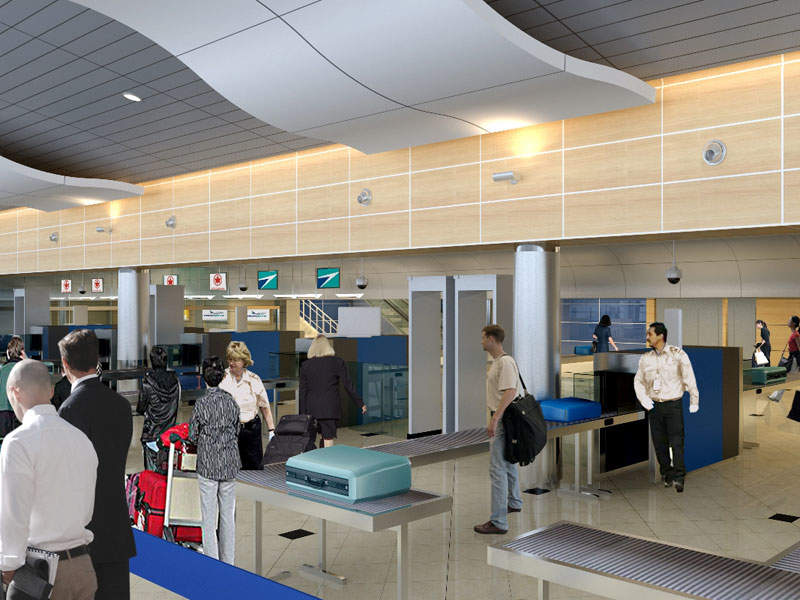The airport authority of St John’s International Airport initiated expansion of its existing passenger terminal in 2014 as part of its ten-year improvement and expansion plan.
An unexpected rise in passenger traffic necessitated the expansion of the existing terminal, which is currently operating 80% above its design capacity. The project will increase the airport capacity to two million passengers a year.
Planned for execution in two phases, the project is scheduled for completion in 2021.
Background to the terminal expansion at St John’s International Airport
Opened in 2001, the passenger terminal at St John’s Airport was designed with a total capacity of 900,000 travellers a year. The passenger traffic at the airport started increasing since its privatisation in 1998.
The annual traffic growth was more than double the national average in less than a couple of years of privatisation, making it one of the busiest and the fastest growing airports in Canada at the time. The airport handled approximately 1.6 million passengers, which is roughly double its capacity, in 2014.
As a result of the increased passenger traffic, the airport authority announced a ten-year development plan in 2014, which included two significant projects, including the terminal building expansion, and the airfield accessibility and safety initiative.
Another ten-year (2017-26) airport improvement and expansion plan was announced in 2017 for the continued development with much focus on ensuring safety and operational integrity of the airport. Completion of the terminal building expansion is emphasised in the plan.
Details of the terminal building expansion at St John’s airport
The terminal building expansion is being implemented in two phases. The first phase, the east expansion, added approximately 145,000ft² to the east side of the terminal building, across all of its three floors. It offers enhanced passenger services within the terminal, especially in the departure lounge area, while improving operational efficiency for the airlines and agencies located in the building.
The east expansion began in late 2014 and concluded in July 2018 paving way for the beginning of the second phase expansion, which will see development of the terminal’s west side.
The first phase of the expansion included the relocation of pre-board screening from the second floor to the first floor, extension of airline check-in counters, renovation of the current hold baggage screening area, addition of a new loading dock and goods storage area, as well as the development of a new service road to access the storage area.
The passenger hold room in the second floor has been expanded to provide more seating and five new food and beverage facilities were added in the departure lounge. Two new gates with passenger loading bridges were also added.
Construction on the phase two expansion will begin in 2019 and will conclude in 2022. The expansion will bring the total terminal area to roughly 420,000ft². This phase will add approximately 100,000ft² to the terminal with much focus on developing services and facilities for arriving passengers and aircraft. The arrivals area will be expanded, while further expansion will be carried out in the departure lounge.
Baggage carousels, three new aircraft gates, and passenger loading bridges will be added, and the customs and immigration area will be expanded as part of the expansion. The ground transportation area will also be expanded under the second phase.
The third floor of the building will have expanded airport offices, while more airline support space will be added and some shelled-in area will be left for future development.
Financing
The two improvement and expansion plans announced in 2014 and 2017 are supported by two separate ten-year financial plans.
The first plan entails an investment of $243m to be made between 2014 and 2023, which will be secured through long-term debt, private placement of bonds, and other credit facilities. Airport improvement fees (AIF) paid by passengers are another source of revenue to finance the project. The fee was increased from $20 to $30 from August 2014 in order to create funds for the expansion.
The airport authority secured a $60m private placement bond and a $25m line of credit in the same year.
The second financial plan entails an investment of $200m to be used between 2017 and 2026. The investment will be financed through long-term debt facilities and a $40m credit. The AIF was further revised and increased to $35 from July 2017.
Contractors involved
Marco Services is the construction manager for both phases of the terminal expansion. The contractor was also involved in the pre-construction process, cost analysis, value engineering, and constructability of the project.
The company also supervised the development of subcontractor trade packages and was involved in the preparation of prequalification criteria for subcontractors.




